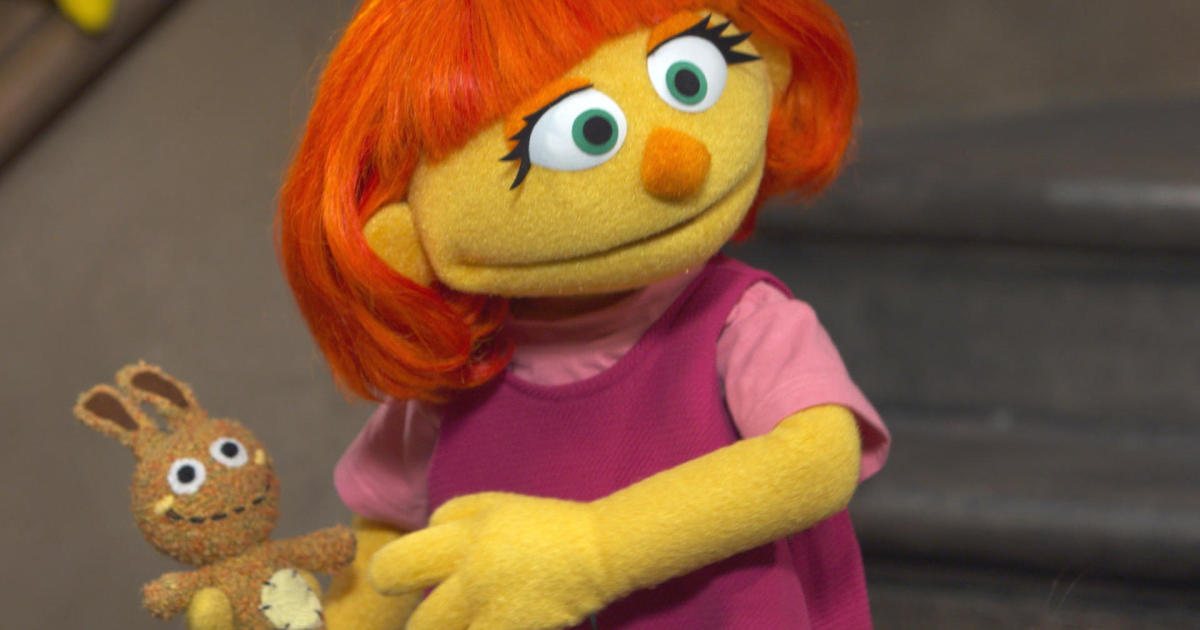There aren’t much people that are aware of the “Sesame street” TV-show for kids (and not only) in the countries of the Post Soviet Union. The television program was first broadcast on the largest American non-profit network PBS on November 10, 1969.The characters there are very different, unique in their own way, they are not even human beings. But these talking monsters, fairies, birds, frogs can give much more than any cartoon characters. That statement didn’t come from nowhere, here are the points defining what direction the show is going in.
Creating the “Sesame Street” directors aimed to educate, help kids understand what the life is, what kind of circumstances people can be in, and how to act at particular situations. However, paying attention to heroes’ dialogues, it becomes clear that grownups, parents have a lot to take from too.
“Sesame Street has always been real-world,” says Sherrie Westin, EVP of global impact and philanthropy at Sesame Workshop, the nonprofit organization that produces the show. “It’s not a fantasy, it’s not a fairy tale. One of the things that sets us apart is respecting children and dealing with real-world issues from a child’s perspective”. That’s true. Besides the alphabet learning that characters do pretty often, the show also tackles difficult issues. Sesame Workshop undertake a long, elaborate process of creating a new character for the TV show, or they simply create materials like comics or workbooks that they distribute to a particular community. Take, for instance, “Talk, Listen, Connect: Deployments, Homecoming, Changes” educational outreach initiative designed for military families and their young children. There’s one video of that series called “For Families: When Families Grieve”.
In this episode, one of the main characters Elmo forgets Uncle Jack’s death, not completely getting what is it like when people die. Children not really understand such thing as death, they think people will come back later, or they can call instead of meeting them. It is very common situation when adults explain someone’s death by traveling to some kingdom, flying to some faraway country. Take a look at the way Elmo’s dad talked about it: “When someone dies,it means they’re not alive anymore. Their body has stopped working. They don’t eat or breathe or talk on the phone”. Explaining things what they are doesn’t mean being harsh, or ruining kids’ psychology. It means saying the truth, being honest with them. Parents should not treat children like a little ones, they can understand everything, just find your way, just be as honest as possible.
The conversation between Elmo’s dad and Uncle Jack’s daughter was also touching. Little Jesse got that talking with someone about the way we feel much better than keeping it all inside. Not only children, but also adults are afraid to talk about the death of loved ones, to open up to someone,they don’t want to seem vulnerable. However, keeping all the pain, anger, guilt will only burn a person inside every day. Sooner or later, the day will come when we have to remove the mask of a strong, indifferent person. It would be much easier when people surround you that day would be the loved and closest ones.
How often can autism issue be talked on national television, especially in the kids’ show? Sesame Street has succeeded in this case too, not only creating a new muppet Julia with this diagnosis, but also explaining to viewers how to react to these kind of persons. It was shown through the dialogue of heroes, when Big Bird couldn’t find the way to communicate with Julia he was confused saying:
- You know, she’s not like any friend I’ve ever had before.
- That’s right. None of us are exactly the same. You are a bird, Elmo’s a monster, and I’m a fairy. – replies Abby.
That’s the way the cast reminds kids and their parents that each of us is unique. No matter how they react on certain sounds, or how often they become inward.
Way back on March 26, 2001, Sesame Street aired an episode explaining that a hurricane was moving up the eastern seaboard, headed for Sesame Street. The episode was focused on explaining the notion of hurricanes and disaster preparedness for kids. This episode became one of the significants, proving its informative and educational value once again. Problems covered by the program have always been relevant, the team has focused on current situations a lot. Re-airing that disaster-themed episode when Hurricane Katrina hit New Orleans, and again wake of Sandy in 2012 proves that show’s usefulness and worthiness to the viewers.
If there are ones thinking people overreact and overestimate the “Sesame street”, just imagine your child, singing along “we need to give our hearts a little time” or “I’ll try my very best, to make you just as proud of me as I am proud of you” lines in front of the TV. Isn’t that amazing?


